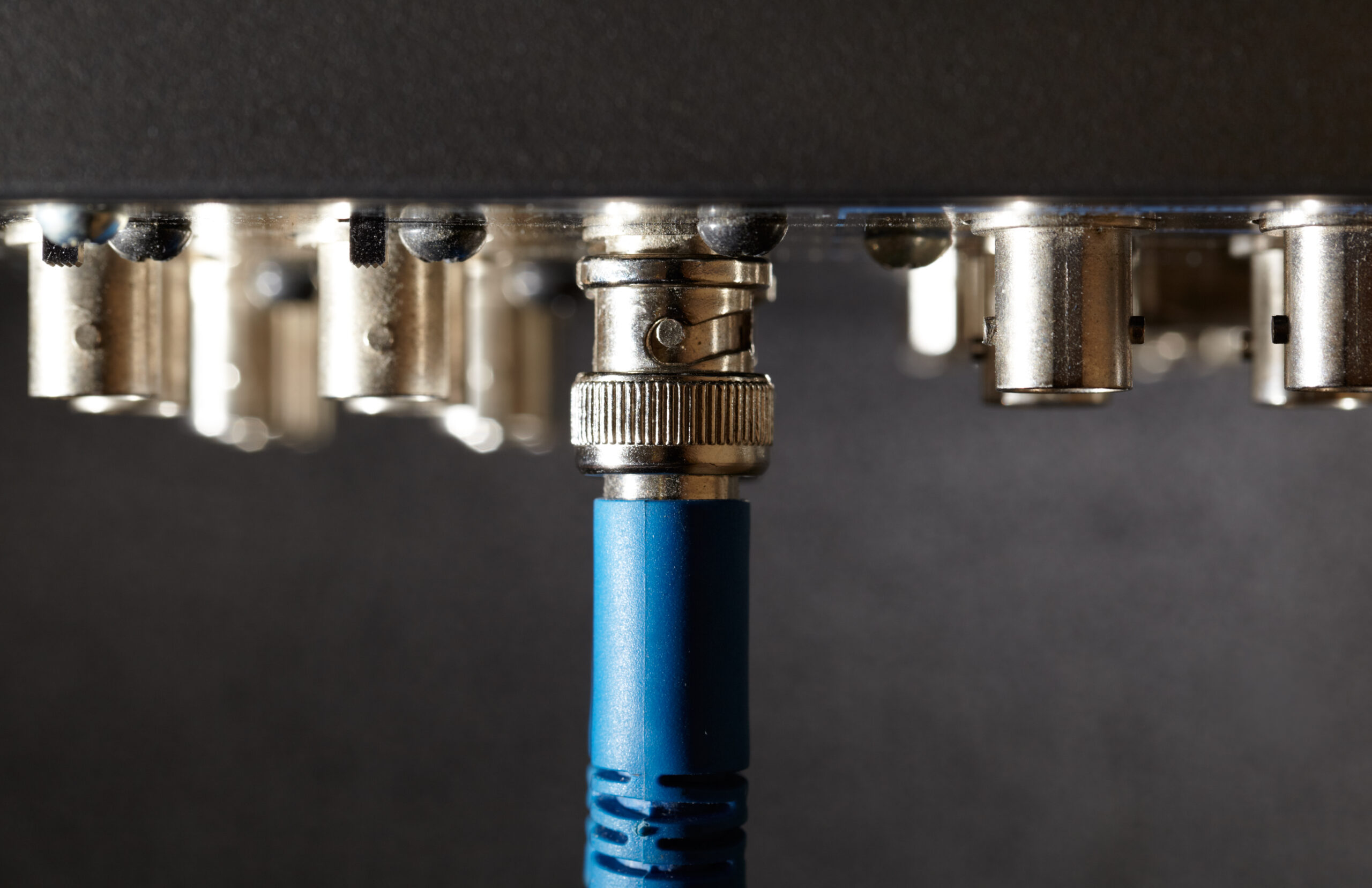Introduction to Cleaning for People with Disabilities
Having a clean and organized home is important for everyone, including people with disabilities. However, traditional cleaning practices may not be accessible or inclusive for individuals with mobility impairments, vision loss, hearing loss, or other physical limitations. Fortunately, there are ways to modify your approach to create a more welcoming environment that meets the needs of all family members.
Understanding Accessibility and Inclusion in Cleaning Practices
Accessibility refers to ensuring that spaces, products, and services are designed to accommodate people with disabilities. This means considering factors such as wheelchair access, lighting, sound levels, and color contrasts when planning your cleaning routine. Inclusion involves creating an atmosphere where everyone feels valued and included, regardless of their abilities. When it comes to cleaning, this might mean involving family members with disabilities in the process and finding solutions that work for them.
Tips for Creating an Accessible Home Cleaning Routine
Here are some tips for creating an accessible home cleaning routine:
1. Use adaptable tools and equipment: Look for cleaning supplies that can be adapted to meet individual needs. For example, many companies now offer dustpans with longer handles or mops with adjustable heights.
2. Make sure surfaces are easy to reach: Ensure that countertops, cabinets, and shelves are within reach for those who use wheelchairs or have difficulty bending over. Consider using pull-out shelving units or installing grab bars in bathrooms.

3. Use non-toxic cleaners: Choose cleaning products that are safe for both people and pets. Avoid harsh chemicals that could irritate sensitive skin or respiratory systems.
4. Provide clear signage: Place labels on storage containers and drawers so that everyone can easily find what they need. Use high-contrast colors and large fonts to make them easier to read.
5. Plan ahead: Think through each step of your cleaning routine before you begin. Consider any potential barriers and come up with strategies to overcome them.
Adaptive Tools and Equipment for Cleaning with a Disability
There are many adaptive tools and equipment available for cleaning with a disability. Here are just a few examples:
1. Long-handled dustpans: These allow users to sweep floors without having to bend down.
2. Reacher grabbers: These devices help pick up items that are difficult to reach, such as clothes from the floor or dishes from high shelves.
3. Telescopic poles: These extendable rods can be used to clean windows, walls, and ceilings without having to climb ladders.
4. Ergonomic vacuums: Some vacuum cleaners are designed to be easier to maneuver and less physically demanding.
How to Hire a Cleaner Who Can Meet Your Needs
If you choose to hire a cleaner, look for someone who has experience working with people with disabilities. Ask if they have any specialized training or certifications related to accessibility. Communicate clearly about your specific needs and expectations, and ask for references from previous clients.
Conclusion: Making Cleaning Inclusive and Accessible
Creating an inclusive and accessible environment takes time and effort, but it’s worth it to ensure that everyone in your household feels welcome and comfortable. By modifying your cleaning practices and using adaptive tools and equipment, you can make a big difference in the lives of people with disabilities. Remember, inclusion isn’t just about meeting physical needs – it’s also about fostering a sense of belonging and community.

